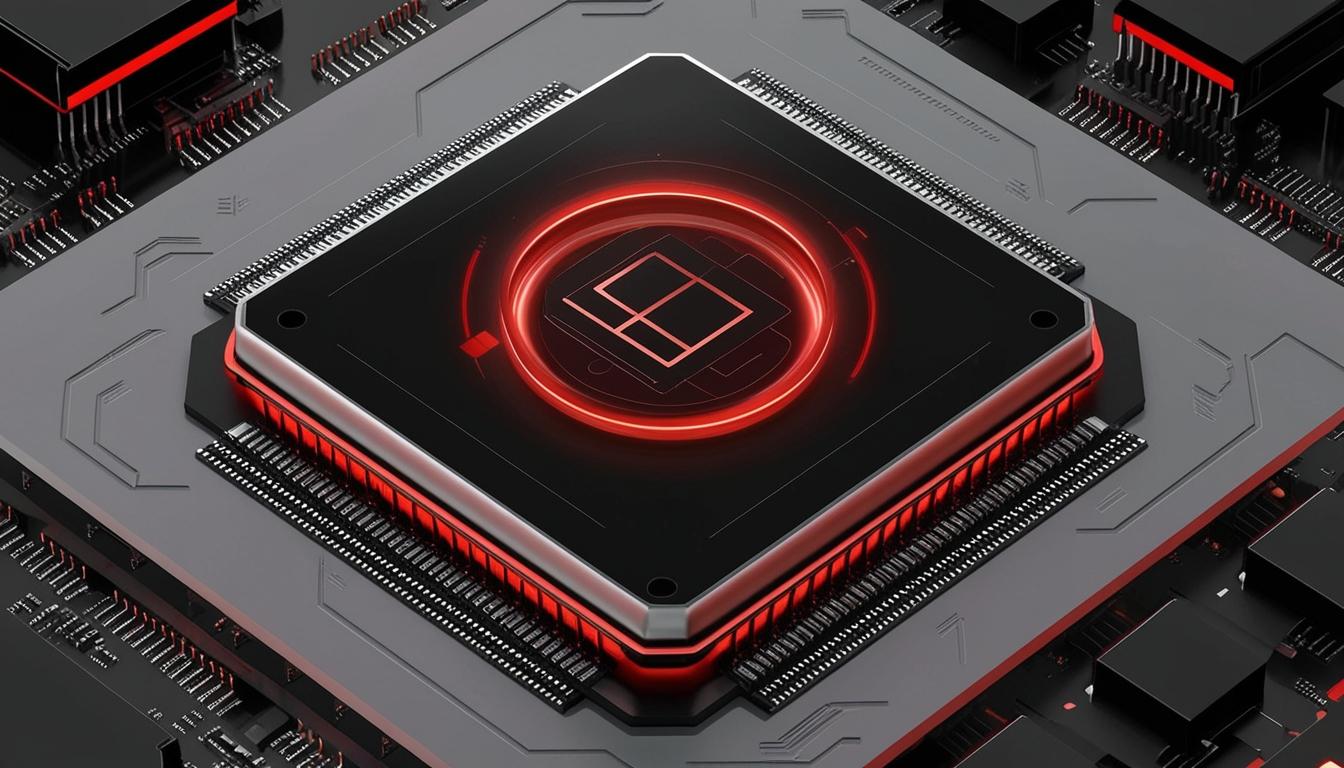As the semiconductor industry transitions into 2025, it is witnessing rapid changes driven largely by advancements in technology, especially in the realm of Artificial Intelligence (AI). The insights provided by Ross Berntson of Indium Corporation highlight the significant role that AI plays in the current landscape and how it is influencing material requirements and market dynamics within the sector.
Key among the advancements is the reliance on advanced packaging technologies, specifically CoWoS, 2.5D, and 3D packaging. These innovations are essential for enhancing performance and increasing energy efficiency within semiconductor devices. Berntson noted that the demand for certain materials, such as water washable flip-chip semiconductor flux and advanced metallic thermal solutions, is expected to surge as the industry gears up to meet these evolving technological needs.
While AI drives growth, the electric vehicle (EV) sector, despite its previously predicted surge, is experiencing a less robust adoption rate than anticipated. This lag has prompted a more measured approach from material suppliers, necessitating adaptations to better navigate the current market conditions. Nonetheless, it remains noteworthy that the electronics and semiconductor content in vehicles continues to rise, indicating a persistent demand for technological advancements, albeit alongside a cautious outlook.
Conversely, the broader power semiconductor market is thriving, largely propelled by the increased demand for power modules. This sector is benefiting significantly from the rise of wide band gap (WBG) materials, which facilitate enhanced charging infrastructure and support renewable energy solutions. The global shift towards sustainable energy practices has intensified the need for effective power semiconductors, thus creating lucrative opportunities for companies focused on these technological advancements.
Another crucial trend is the regionalization of the semiconductor supply chain. This shift is influenced by various geopolitical factors and is manifesting through initiatives such as the CHIPS and Science Act in the United States and the EU Chips Act in Europe. These policies aim to enhance domestic semiconductor manufacturing and promote nearshoring strategies. Berntson emphasized that substantial governmental investments and strategies from nations including Japan and Korea are positively impacting the global semiconductor ecosystem, reflecting an increasing emphasis on supply chain resilience and strategic autonomy.
In this context, India is positioning itself as a burgeoning hub for semiconductor manufacturing. Through strategic initiatives and favourable policies, the country aims to attract global investments and bolster its presence in the sector. This development presents a significant opportunity for material suppliers to engage with a rapidly evolving market landscape.
In summary, the semiconductor industry in 2024 is navigating a complex interplay of challenges and opportunities. While the automotive sector grapples with growth uncertainties, the domains of AI and power semiconductors remain robust, offering pathways for significant progress. At Indium Corporation, the commitment to innovation and support in advancing the semiconductor industry continues to be a focal point, leveraging over 90 years of expertise to respond to the changing demands of this dynamic field.
Source: Noah Wire Services
